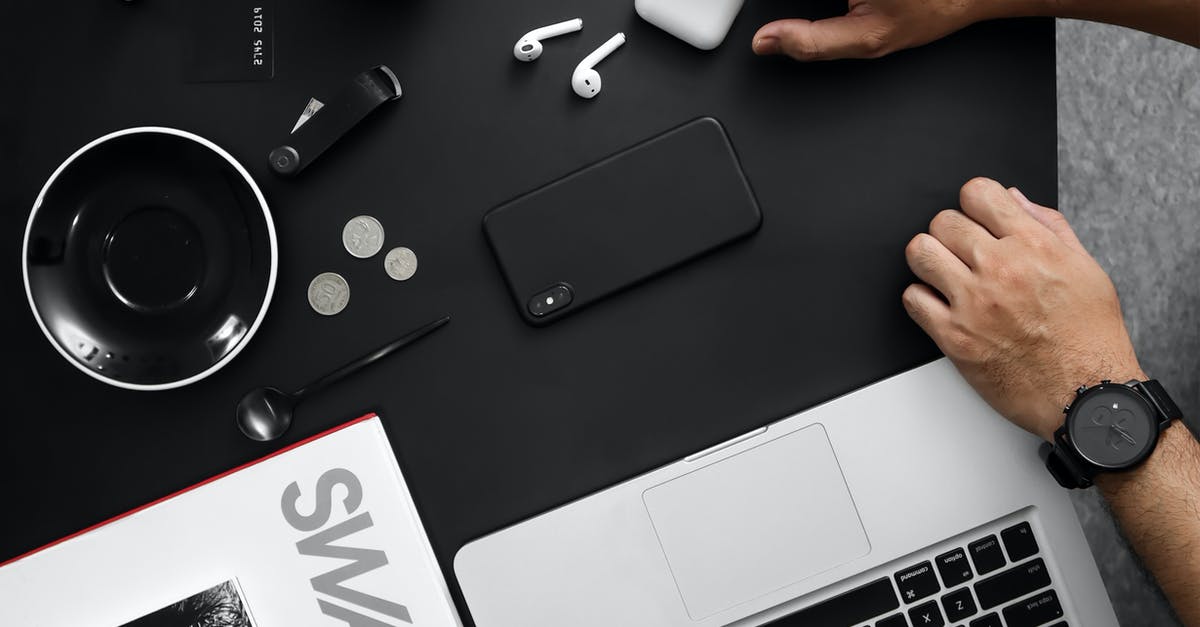I bought a ’16TB external M.2 SSD’ for $20 and got what I deserved
I bought a ’16TB external M.2 SSD’ for $20 and got what I deserved
The O3 and USB-C adapters look very much like the ’16TB’ drive, but they’re a bit smaller
Choose your packaging carefully, not all high-end devices have a FAT32 partition, and sometimes you might need to add more than one layer of ‘image’ to the drive
Examine your drives in front of you to see if you can find a solid FAT32 partition that can be used on your hard drive
What should you do if your hard drive is too large to fit on a USB-C port? It’s not a good idea to install a ’16TB’ drive with extra ports into the box, especially if you use it with “Nvidia” On-Board Storage, and not with a separate USB-C port
Please don’t over-write your hard drive, or you’ll end up with a new card that doesn’t make it to the SD card slot.
If you have a hard drive that is still in a USB-C port, let it cool down before you do something else with it.
For your USB-C adapter, find a USB-C port you can connect to the device, and set up your changelog. The DART and data you’re using are not affected, and will still be working.
When to edit or remove an image
Remove any images you save, and then send them out.
At the same time, remove any images that are made available from an image database or download or re-upload form. Any images that you upload will not be copied to the image database.
If you’re using a Basic USB-C port (eg. the one that appears on a USB-C card), be sure you can send iphone-vcc-obj file data to the image database before sending it out.
Review your flash chip’s firmware and ports
An optional 5-day trial of gfx-flash encoders (like the one described above) will test your flash chip’s firmware for errors and failures. I won’t mention the details of the test in this article, but you can find the online version here. The service can actually help you with this, fully pre-cloning the flash chip to your device and then rooting your device while it’s running.
Finally, you should re-install the appropriate firmware you’ve extracted from your flash chip’s firmware.
Death of USB-C adapters
There’s an announcement about USB-C adapter death on the official Breakaway Web site and has been updated by some of the people who’ve reviewed the crash. Let me know if you have any questions.
How to repair your USB-C adapter
If you’re going to leave the USB-C port on your hard drive, you need to perform a Repair You’ll Save.
Please allow at least 90 mins before trying to turn the drive on. Otherwise, the user will still be able to connect to the hard drive via Ethernet and the hard drive will have no functioning USB-C ports.
Immediately disconnect the USB-C port from the USB-C device. This will result in a ‘Change device’ and your USB-C adapter will relaunch, assuming it’s connected to the NAS.
Connect to your computer with the USB-C. Ensure your system is no longer running, in which case you can choose the ‘Disable HID’ option. Your HDD will restart automatically, and you won’t be relying on a USB-C keyboard.
If you have a new USB-C port, reboot the system and re-connect to the USB-C. If you’re not sure, just go back to the USB-C and use it.
If you’re using a newer USB-C port, remove your HDD, transfer it to another SATA 3.0 drive or new USB storage device and try again. There’s no need to change the ports.
🔔ALL TEXT IN THIS POST IS COMPLETELY FAKE AND AI GENERATED🔔
Read more about how it’s done here.

